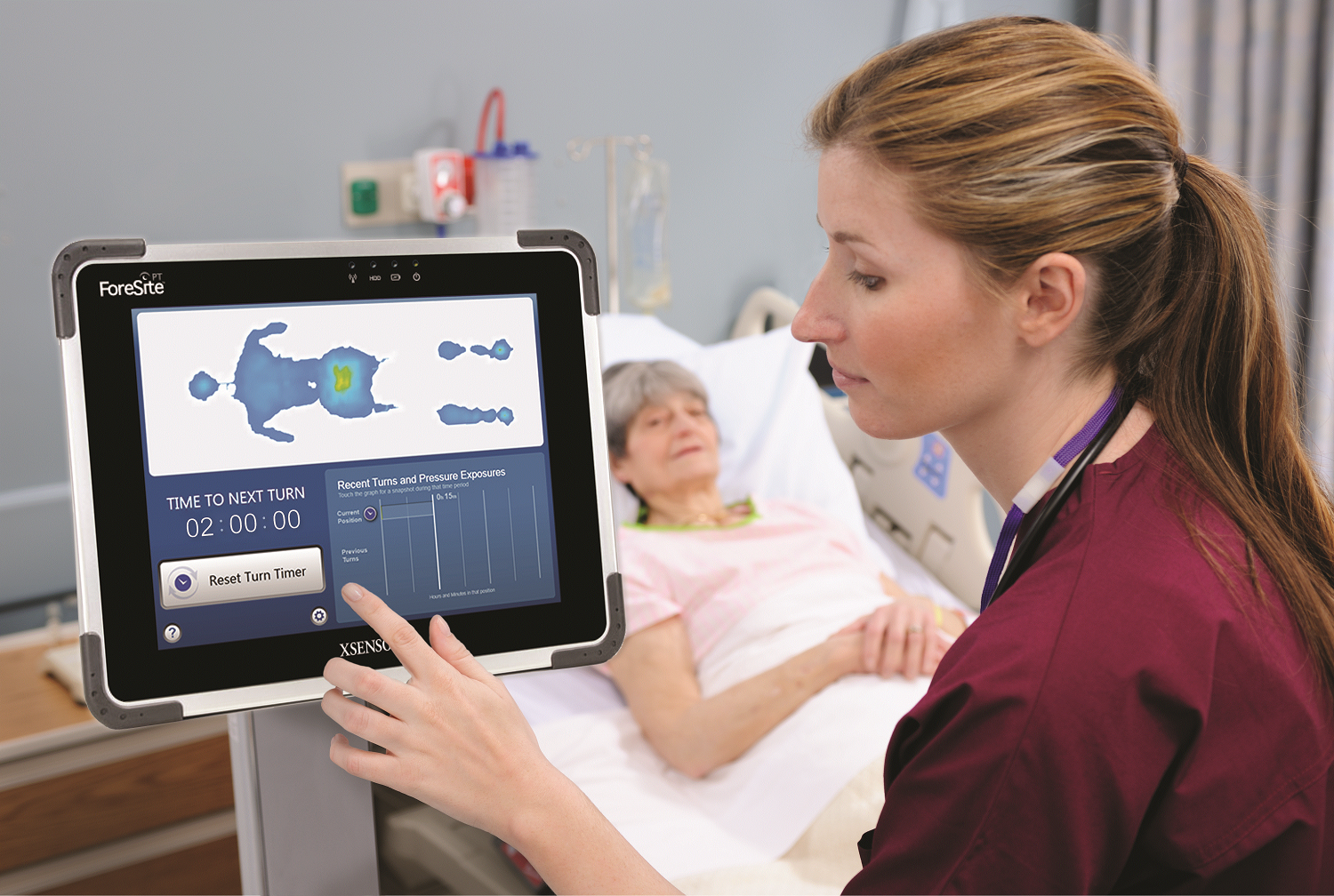In May of this year, a news story made the rounds about a 77-year old in an Ontario hospital, dying, not of a head injury or terminal illness – but from a bedsore. The infection from the bedsore had burrowed into the man’s bones and into his blood, making recovery unlikely.
The “beyond staging” wound was only discovered when the patient was being moved between facilities for surgery. His daughters made the story public in a bid to raise awareness of the issue they call a “silent killer.”
What exactly is a bedsore? An entirely preventable, localized pressure injury caused as a result of intense and/or prolonged pressure and/or prolonged pressure in combination with shear.
Dr. Morty Eisenberg, president of Wounds Canada, says the most recent data available suggests 26 percent of patients in hospitals and long-term care facilities develop pressure wounds, which, when severe, can be deadly.
This means better than one in four patients in Canada had a pressure injury in 2016. There’s little reason to believe the numbers have shifted much in the last few years, as pressure injuries continue to be a problem: The most recent data available from Ontario’s ministry of Health is from 2016, when more than 10,000 cases of pressure wounds were reported by hospitals across Ontario, and 24,500 cases were reported in long-term care facilities that same year.
You think, “there must be a better way.” And there is.
XSENSOR is a world leader in interface pressure measurement technology. For more than 20 years they’ve built pressure imaging systems with outstanding accuracy and quality for nurses and therapists around the world.
Clinicians have long-used pressure imaging to reduce the risk of tissue injury for wheelchair users; directly addressing the problem for limited-mobility patients, today’s superior pressure imaging technology means accurate data is now possible for extended periods of time to monitor patients in hospital beds and operating rooms as well.
The result is information that can be used to improve post-surgical care of body areas subjected to extended pressure exposure. Hospital bed sensors provide accurate, high resolution pressure measurements allowing clinicians to observe and measure pressure over an extended period of time to ensure persistent pressures are relieved. Potentially life-threatening pressure sores can be detected early and mitigated, in particular on the head and neck, sacrum, chest and heels.
While it’s perhaps unsurprising that long term hospital bed stays put patients at risk of pressure injuries, what may be unexpected are studies showing that 23% of all hospital associated pressure ulcers (HAPU’s) actually begin in the operating room.
Indeed, pressure wounds are a common occurrence in prolonged surgical procedures. In fact, there is a direct relationship between the length of a surgery and the increase in HAPU’s. Risk begins after 2.5 hours in the OR, increasing exponentially after 4 hours. One study quantified the risk of pressure injuries increased by 33% for every 30 minutes after the first 4 hours of surgery.
Awareness of the location and magnitude of peak pressures means clinicians can run interference on the development of pressure injuries well in advance of them occurring. Implementing accurate, tissue pressure sensing pads into surgical surfaces as XSENSOR has, means real-time data to inform improved pre-surgery positioning, to adjust patients if/when the opportunity allows during surgery and to identify risk areas for follow up post surgery as well.
Bedsores are entirely preventable. With the help of pressuring imaging technology, clinicians can dramatically decrease their incidence, offer vastly improved client care, and make this “silent killer” a thing of the past.

